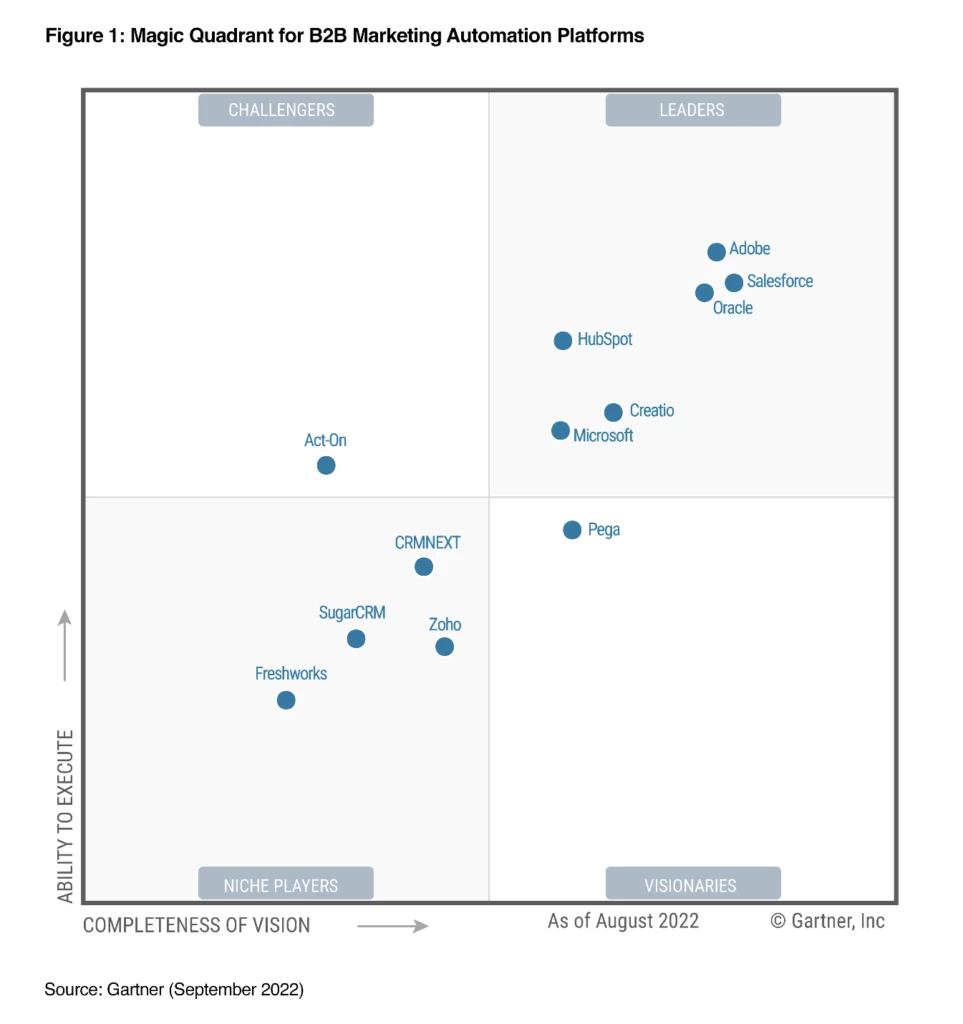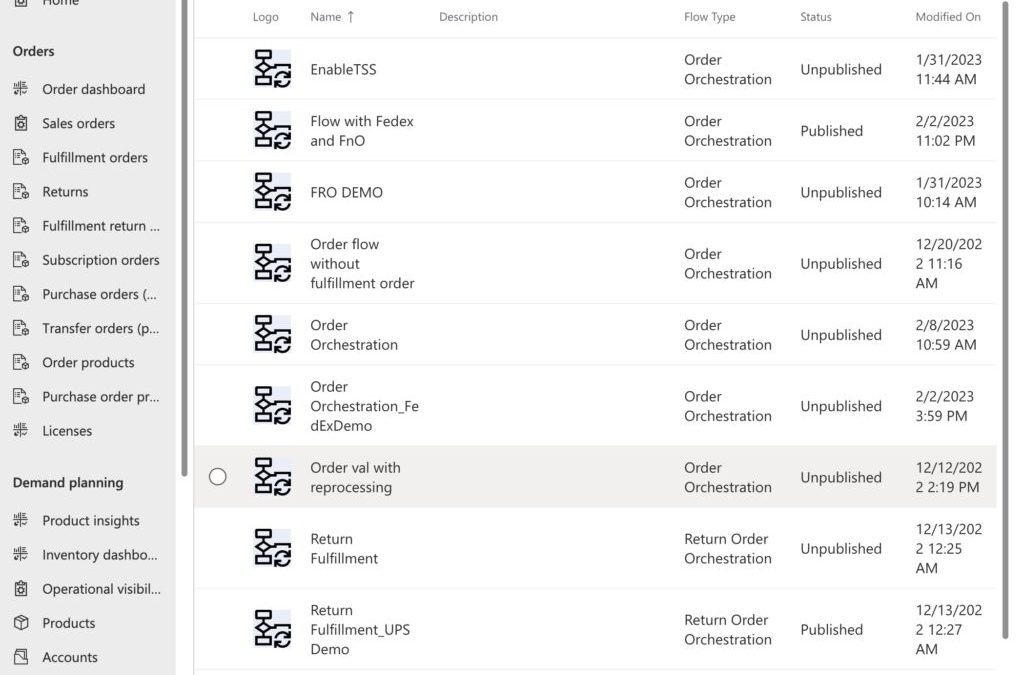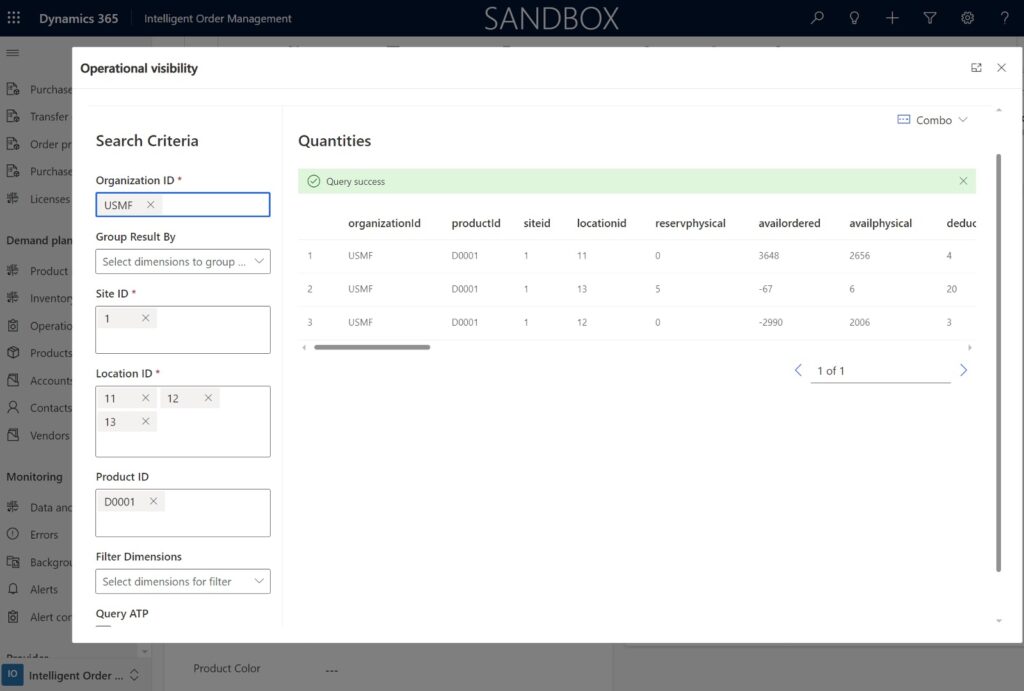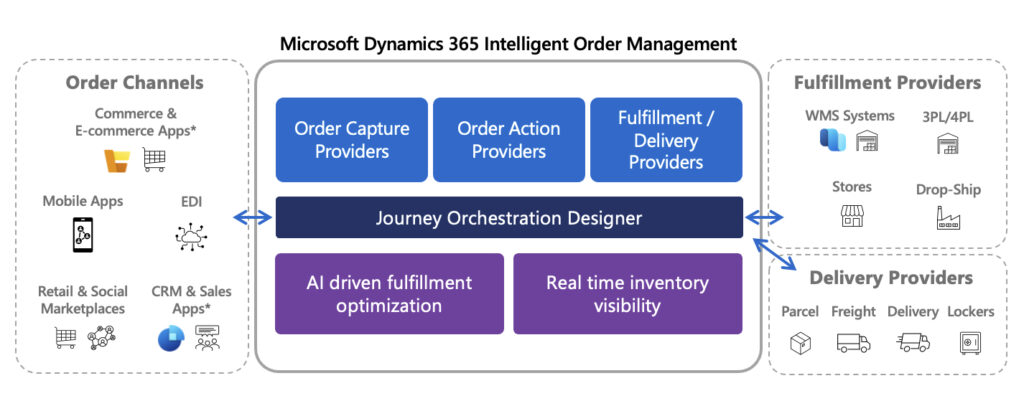
Microsoft is named a Leader in the 2022 Gartner® Magic Quadrant™ for B2B Marketing Automation
This article is contributed. See the original author and article here.
We are excited and honored that Gartner has recognized Microsoft as a Leader in the 2022 Gartner Magic Quadrant™ for B2B Marketing Automation.*
Today’s buyers value authentic engagements and expect the companies they buy from to know them and to provide one-of-a-kind experiences. This past year, we continued to invest in solutions that help our customers meet these demands by delivering personalization at scale.
Customers can automate buyer-centric experiences and processes using trigger-based journeys to respond to actions and signals in real time and easily optimize customer journeys with insights from across digital and physical channels. With configurable key performance indicators (KPIs), customers can use out-of-box machine learning templates or bring their own AI/machine learning modelsboth options supporting rapid innovation that expands the discovery of insights.
Microsoft Dynamics 365 equips organizations with holistic views of their customers so they can discover what buyers need with insights that power individualized experiences and the delivery of deeply personalized content in customer journeys. Going forward, we will continue to expand this functionality for our customers.

Data at the center of everything
Gartner recognizes “B2B marketing automation platforms as technologies that serve as an essential tool for customer journey orchestration in support of B2B customer acquisition, retention and growth objectives.”
Dynamics 365 supports the practice of demand generation, helping our customers to capture, qualify, and nurture leads and accounts across multiple channels.
Data is at the center of all these functions, and it is the power behind the insights that drive what businesses need to do now and what they should do tomorrow. Microsoft helps businesses thrive and grow by capturing, analyzing, predicting, and reporting on their data.
One of the ways we are helping customers like Eika use one, coherent data platform to optimize their business-to-business (B2B) customer engagement with a high level of agility is the common data platform, Microsoft Dataverse. Dataverse lets you securely store and manage data used by business applications.
By using one single vendor that unifies and simplifies support processes for all solutions, customers benefit from products built to talk and complement each other. For instance, solutions like Dynamics 365 can work closely with other Microsoft technologies, such as Microsoft 365, Azure, Power BI, and LinkedIn to enhance and extend Dynamics 365 capabilities. This native integration also simplifies user adoptionusers are more comfortable when working with a familiar set of applications, and this ease of use can help lower total cost of ownership (TCO) and IT costs.
Additionally, customers that want to extend their investments in Microsoft technologies with applications to support their unique business needs have a huge range of options. Independent software vendors (ISVs) across the globe have created hundreds of software as a service (SaaS) applications that use Dynamics 365 and the underlying Microsoft Power Platform to deliver business value on top of Microsoft’s B2B automation platform.
Helping to ensure our customers’ success
Microsoft customers can participate in two customer success programs that deliver support for their implementations and can help them drive continuous adoption. FastTrack for Dynamics 365 is an engineering-led implementation guidance service that has been shown to speed deployments, drive higher usage, and reduce customer support needs. The second program, the Subscription Support for Microsoft Dynamics 365, is a support option delivered by a dedicated customer success unit within Microsoft.
Together, these programs have driven proven and lasting customer success. FastTrack for Dynamics 365 guides customers through successful implementations, bringing the best practices from thousands of deployments. The Subscription Support for Microsoft Dynamics 365 helps them drive continuous adoption, ensuring customers are realizing ongoing business value from the solutions they deploy.
Reimaging your B2B marketing automation
As today’s digital-first buyers become more informed, meeting their expectations is becoming a more difficult challenge. They’re more likely than ever to ignore anything that doesn’t feel authenticforcing businesses to connect customer insights and data across the organization to meet customers where they are and to capitalize on every opportunity.
B2B marketing automation platforms serve as an essential tool for customer journey orchestration in support of B2B customer acquisition, retention, and growth objectives. As Gartner mentioned in their report, “while B2B marketing automation platforms are designed to primarily support B2B use cases, they can also provide much needed functionality to B2C organizations selling high-consideration products and/or B2B2C models with more complex, indirect sales processes.”
We are excited to be positioned as a Leader in the Gartner Magic Quadrant and are committed to helping both our B2B and business-to-consumer (B2C) customers meet the changing expectations of their customers. We invite you to learn more about how Microsoft is helping marketers around the world reimagine customer experience.

2022 Gartner Magic Quadrant for B2B Marketing Automation Platforms
Microsoft is excited to be recognized as a Leader in the Gartner Magic Quadrant.
Source: Gartner, Magic Quadrant for B2B Marketing Automation Platforms, Rick LaFond, Julian Poulter, Jeffrey L. Cohen, Matt Wakeman, Jeff Goldberg , 19 September 2022
*Gartner is a registered trademark and service mark and Magic Quadrant is a registered trademark of Gartner, Inc. and/or its affiliates in the U.S. and internationally and are used herein with permission. All rights reserved. Gartner does not endorse any vendor, product or service depicted in its research publications, and does not advise technology users to select only those vendors with the highest ratings or other designation. Gartner research publications consist of the opinions of Gartner’s research organization and should not be construed as statements of fact. Gartner disclaims all warranties, expressed or implied, with respect to this research, including any warranties of merchantability or fitness for a particular purpose.
**This graphic was published by Gartner, Inc. as part of a larger research document and should be evaluated in the context of the entire document. The Gartner document is available upon request from Microsoft.
The post Microsoft is named a Leader in the 2022 Gartner® Magic Quadrant™ for B2B Marketing Automation appeared first on Microsoft Dynamics 365 Blog.
Brought to you by Dr. Ware, Microsoft Office 365 Silver Partner, Charleston SC.











Recent Comments